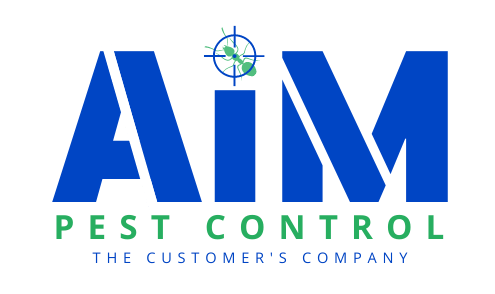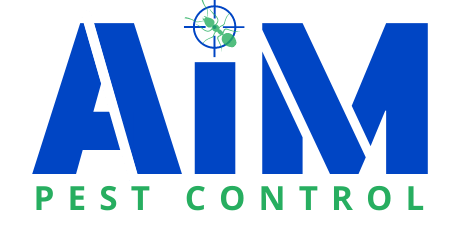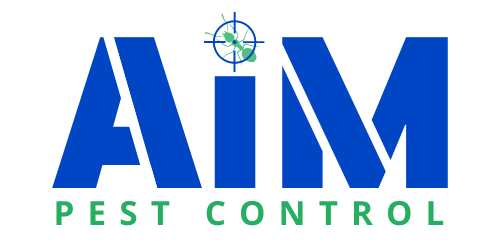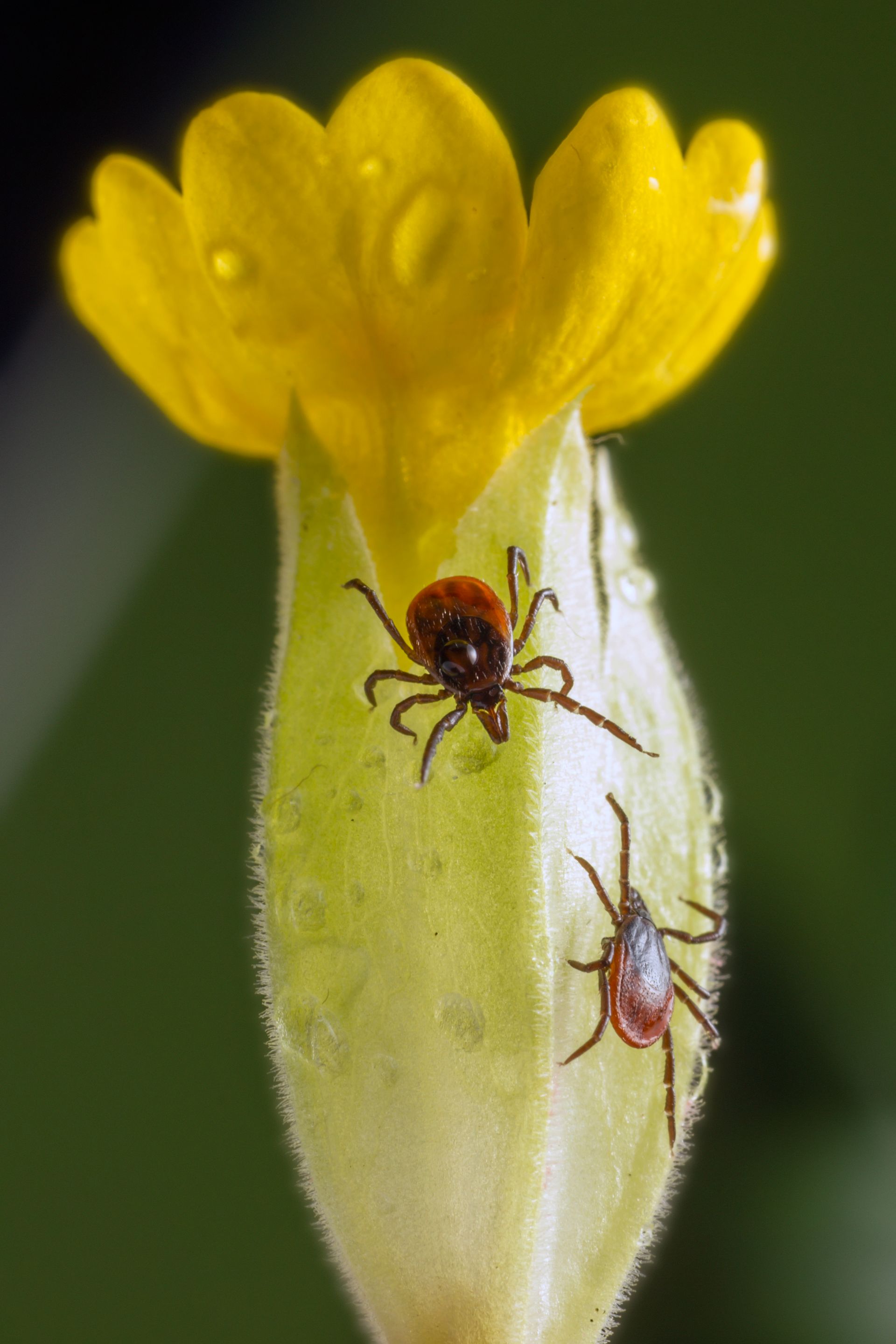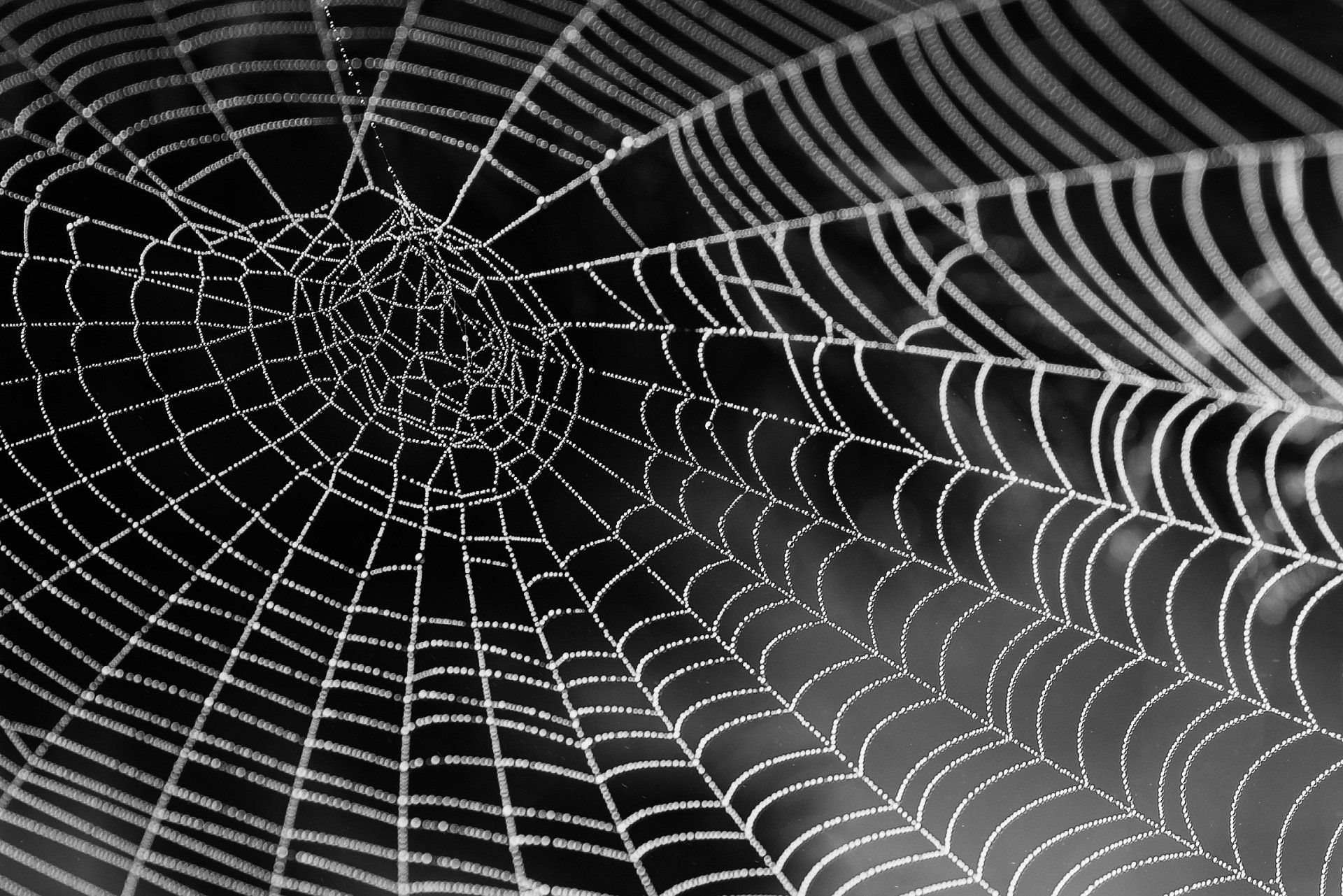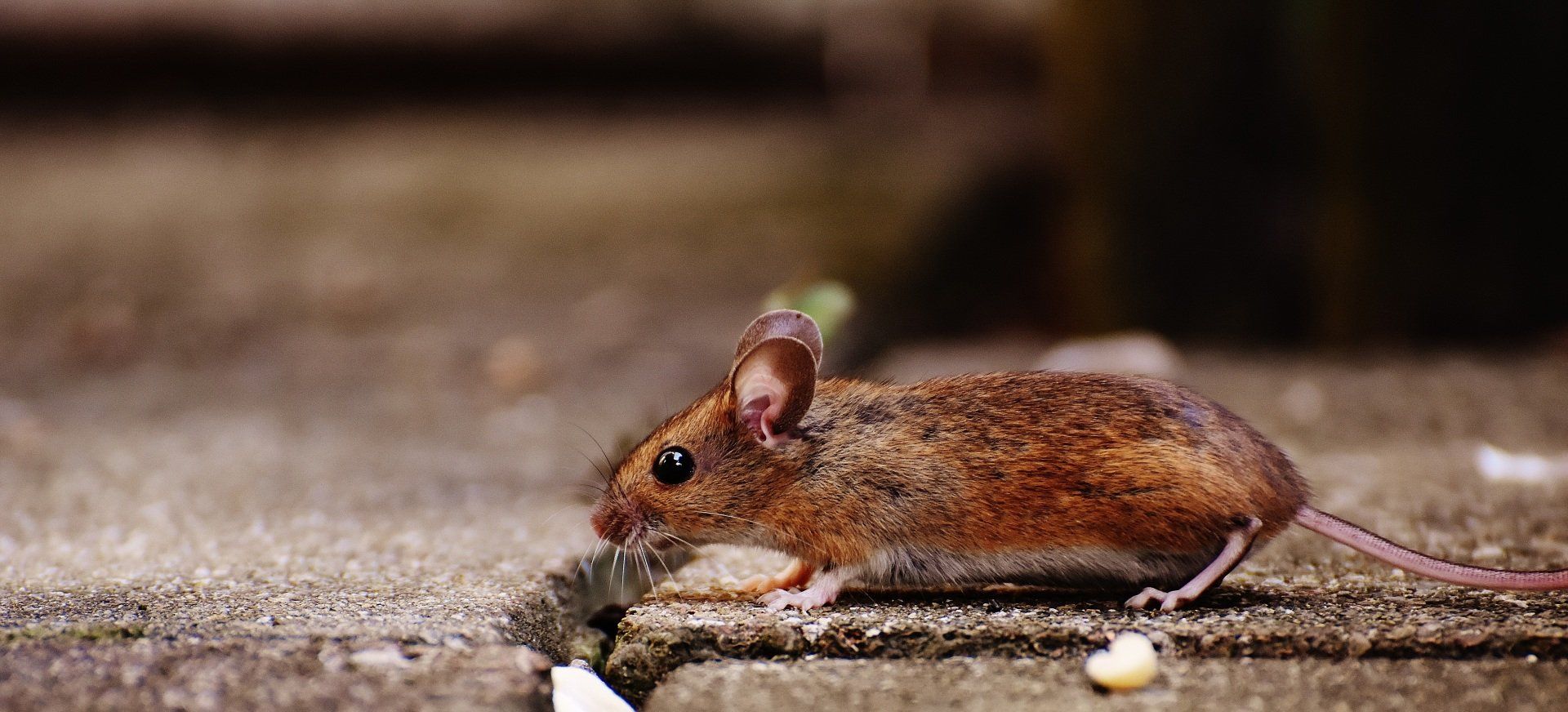Dealing with Common Ant Infestations in Sacramento: Problems and Solutions
Dealing with Common Ant Infestations in Sacramento: Problems and Solutions

Ant infestations are a common nuisance in Sacramento, with several ant species making themselves at home in both residential and commercial spaces. In this post, we'll explore the top ant species in the region, provide a physical identification guide, delve into the problems they can cause, and offer effective solutions to help you deal with ant infestations and regain control of your property.
1. Argentine Ants
Physical ID:
- Small ants, light brown in color.
- Typically range from 1.6 to 2.8 mm in length.
- Do not have a distinct node or waist, which makes them appear segmented.
Behavior:
- Argentine ants form massive colonies with multiple queens.
- They are prolific foragers, often invading homes and outdoor spaces.
- Attracted to sweets and moisture, they frequently contaminate food and water sources.
Standout Risks:
- Food Contamination: Argentine ants can contaminate food items in your kitchen.
- Outdoor Disruption: They disrupt outdoor ecosystems by displacing native ant species.
Solutions for Argentine Ants:
- Use ant baits specifically designed for Argentine ants.
- Seal cracks and gaps in your home's foundation and walls.
- Keep food storage areas clean, and repair leaks and moisture sources.
2. Pavement Ants
Physical ID:
- Dark brown to black ants with paler legs.
- Approximately 2.5 to 3 mm in length.
- Distinguishable by two nodes, or segments, in their bodies.
Behavior:
- Pavement ants often nest in cracks and crevices near pavement and building foundations.
- They are known for their structural damage as they undermine pavement and building foundations.
- Pavement ants forage for food indoors, making them a common kitchen invader.
Standout Risks:
- Structural Damage: Their nesting activity can undermine pavement and building foundations.
- Unsightly Mounds: Pavement ant colonies create unsightly soil mounds in outdoor areas.
Solutions for Pavement Ants:
- Apply barrier insecticides around your home's perimeter.
- Seal cracks and gaps in exterior walls to prevent ant entry.
- Maintain cleanliness in indoor and outdoor areas.
3. Odorous House Ants
Physical ID:
- Small to medium-sized ants, ranging from brown to black.
- Approximately 2.4 to 3.3 mm in length.
- Identified by their one-segmented node and the strong, sweet odor they emit when crushed.
Behavior:
- Odorous house ants are attracted to sugary foods and often forage indoors.
- They establish trails indoors, making them difficult to control.
- These ants may enter homes through cracks and gaps in search of food.
Standout Risks:
- Food Contamination: Odorous house ants can contaminate food supplies in kitchens and pantries.
- Indoor Trails: Their presence indoors can disrupt your living space.
Solutions for Odorous House Ants:
- Use ant baits placed near ant trails to eliminate colonies.
- Seal gaps and openings where ants enter your home.
- Maintain cleanliness in kitchen areas and store food properly.
4. Thief Ants
Physical ID:
- Very small ants, typically measuring around 1.5 mm in length.
- Light to dark brown in color.
- Recognizable by their distinct two-segmented petiole, which resembles a "waist."
Behavior:
- Thief ants are tiny, inconspicuous ants that often go unnoticed.
- They are known for stealing food and larvae from other ant colonies.
- Thief ants tend to nest in hidden, protected places.
Standout Risks:
- Limited Impact: Thief ants are not known to cause significant structural or health risks to humans.
Solutions for Thief Ants:
- Since they often nest near other ant colonies, controlling the primary ant infestation may indirectly reduce thief ant activity.
5. Velvety Tree Ants
Physical ID:
- Velvety tree ants are relatively large, with workers reaching up to 7 mm in length.
- They are typically reddish-brown to black in color.
- Distinguished by their velvety appearance and the presence of a single-segmented petiole.
Behavior:
- These ants are arboreal, nesting in trees and shrubs.
- They often forage for honeydew-producing insects on plants.
- Velvety tree ants are generally less likely to invade indoor spaces.
Standout Risks:
- Limited Indoor Invasion: While they may enter homes occasionally, velvety tree ants are not a common indoor pest.
Solutions for Velvety Tree Ants:
- Focus on managing honeydew-producing insects on plants to reduce ant attraction.
6. Crazy Ants
Physical ID:
- Crazy ants are small, measuring around 2.2 to 3 mm in length.
- They have long legs and antennae and are typically dark brown to black in color.
- Their name comes from their erratic, "crazy" movements.
Behavior:
- Crazy ants are known for their rapid, erratic movements and tendency to run in random patterns.
- They often invade indoor and outdoor spaces in search of food.
- These ants do not typically establish visible trails.
Standout Risks:
- Crazy ants can be a nuisance when they invade homes, but they are not known for causing structural damage.
Solutions for Crazy Ants:
- Use ant baits to control indoor infestations.
- Maintain cleanliness to reduce food sources.
7. Pharaoh Ants
Physical ID:
- Pharaoh ants are tiny, measuring only about 1.5 to 2 mm in length.
- They are light yellow to reddish-brown in color.
- Pharaoh ants have two-segmented petioles and are easily mistaken for other small ant species.
Behavior:
- These ants are prolific breeders and can establish numerous colonies within a structure.
- They are known for their ability to quickly infest a wide range of environments.
- Pharaoh ants often prefer nesting in warm, humid areas.
Standout Risks:
- Pharaoh ants are a significant health concern as they are known to carry and spread diseases.
Solutions for Pharaoh Ants:
- Pharaoh ants can be challenging to control due to their ability to establish multiple colonies in a structure. It's often advisable to seek professional pest control services with experience in managing Pharaoh ant infestations.
- Continuously monitor for Pharaoh ant activity, especially in areas where they've been previously observed. Early detection can help prevent infestations from becoming more extensive.
8. Fire Ants
Physical ID:
- Fire ants vary in size, but workers typically measure between 1.6 to 5 mm in length.
- They have a reddish-brown to reddish-black coloration.
- Fire ants are known for their aggressive behavior.
Behavior:
- Fire ants are aggressive and will defend their nests vigorously.
- They build dome-shaped mounds in the soil, often near buildings or structures.
- Their stings can be painful and cause allergic reactions in some individuals.
Standout Risks:
- Health Risks: Fire ant stings can cause painful welts and allergic reactions.
- Structural Damage: While not as destructive as some other ants, they can still be a nuisance around homes.
Solutions for Fire Ants:
- Use mound treatments or baits to control fire ant populations.
- Be cautious and avoid disturbing fire ant mounds to prevent stings.
9. Carpenter Ants
Physical ID:
- Carpenter ants are among the largest ants, with workers ranging from 6 to 13 mm in length.
- They are typically black, red, or a combination of both.
- Carpenter ants have a segmented body and are often confused with termites.
Behavior:
- Carpenter ants do not eat wood but excavate it to create nests.
- They prefer damp, decaying wood and can cause structural damage over time.
- Carpenter ant colonies can be large and established within structures.
Standout Risks:
- Structural Damage: Carpenter ants are notorious for causing damage to wooden structures.
- Costly Repairs: If left unchecked, carpenter ant infestations can lead to costly repairs.
Solutions for Carpenter Ants:
- Locate and eliminate nests within structures.
- Address moisture issues and seal entry points to prevent future infestations.
By understanding the physical characteristics, behaviors, and standout risks associated with each of these nine ant species, you can better identify and address ant infestations in your home or business. Implementing effective pest control measures, tailored to the specific ant species, can help you regain control and maintain a pest-free environment, whether dealing with structural, health, or other risks posed by these common ants.
Keep in mind while there are some "home-grown" solutions you can try, it's always best to get professional help to get rid of ants as quickly as possible. This is especially true with Pharaoh Ants.
Call us anytime with questions or to set up a free inspection: 916.282.1822.

